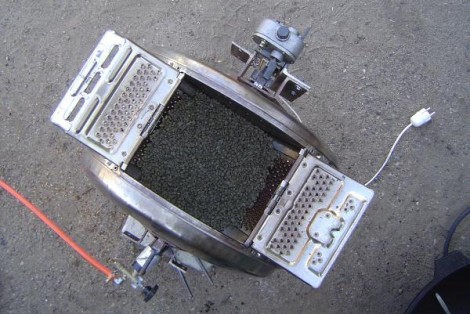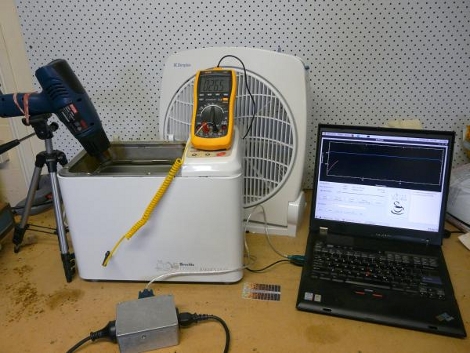We’re no stranger to coffee roasting hacks, but it’s been a while since we’ve seen a new DIY roaster design. Thankfully [Larry] has been hacking together a small-batch roaster with a bunch of off-the-shelf parts. He was originally trying to make a fully-automated roasting system, but after a bunch of failed prototypes, he settled on a simple roaster design that works great.
[Larry]’s roaster is designed for small batches of coffee (about 3oz). He has a small hopper with a motorized auger (cannibalized from a chocolate fountain) which drops coffee down into his roasting basket. The basket is mounted to a cordless screwdriver which rotates it to agitate the beans inside. A small camp stove provides the heat, which is placed right under the basket. The beans churn around in the roasting basket and heat up until they reach the desired roast level (typically between first and second crack).
Once the roasting is complete, another hand drill rotates the basket assembly to dump out the coffee. [Larry]’s build includes an assortment of knobs and switches which control the auger, basket speed, bean dumping, and even a “speedometer” gauge that shows how fast the basket is rotating. Want to build your own roaster? Check out the instructions for building [Larry]’s roaster or some other builds we’ve featured before.















